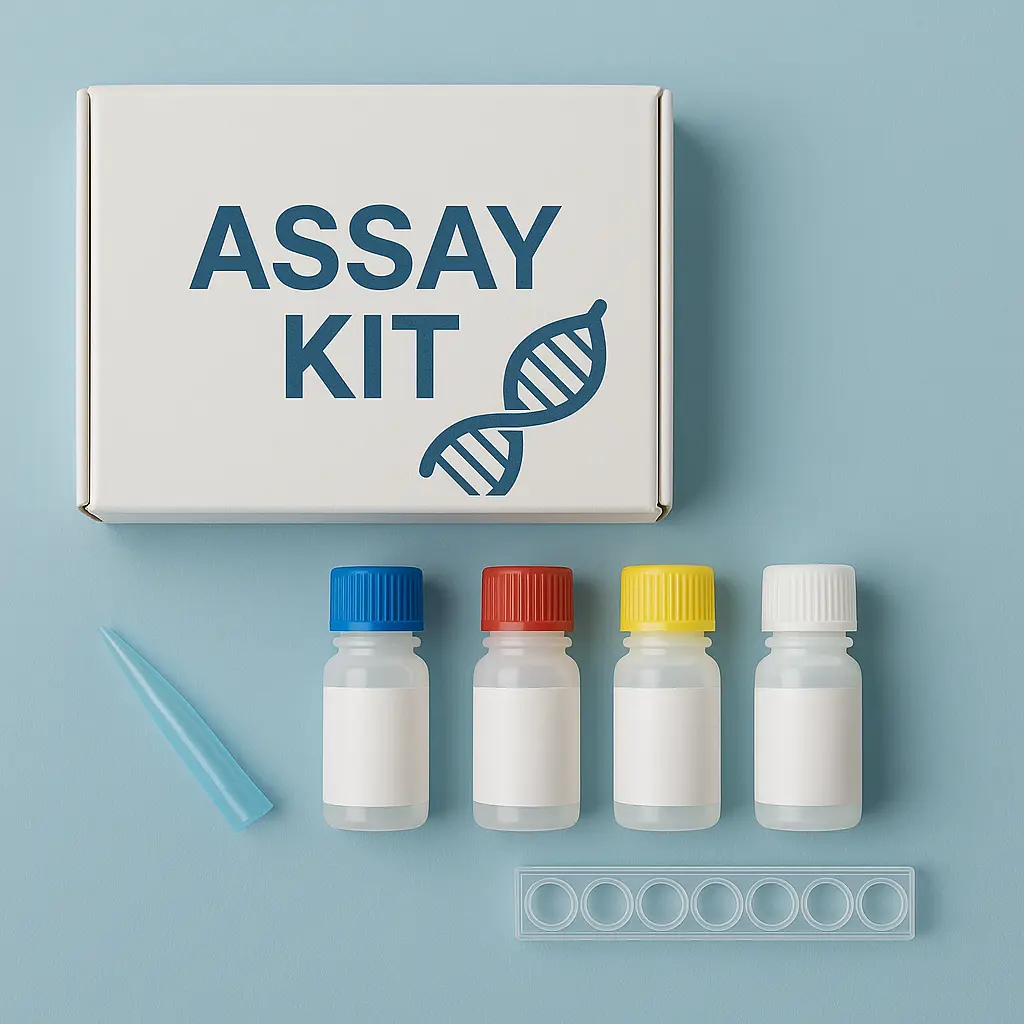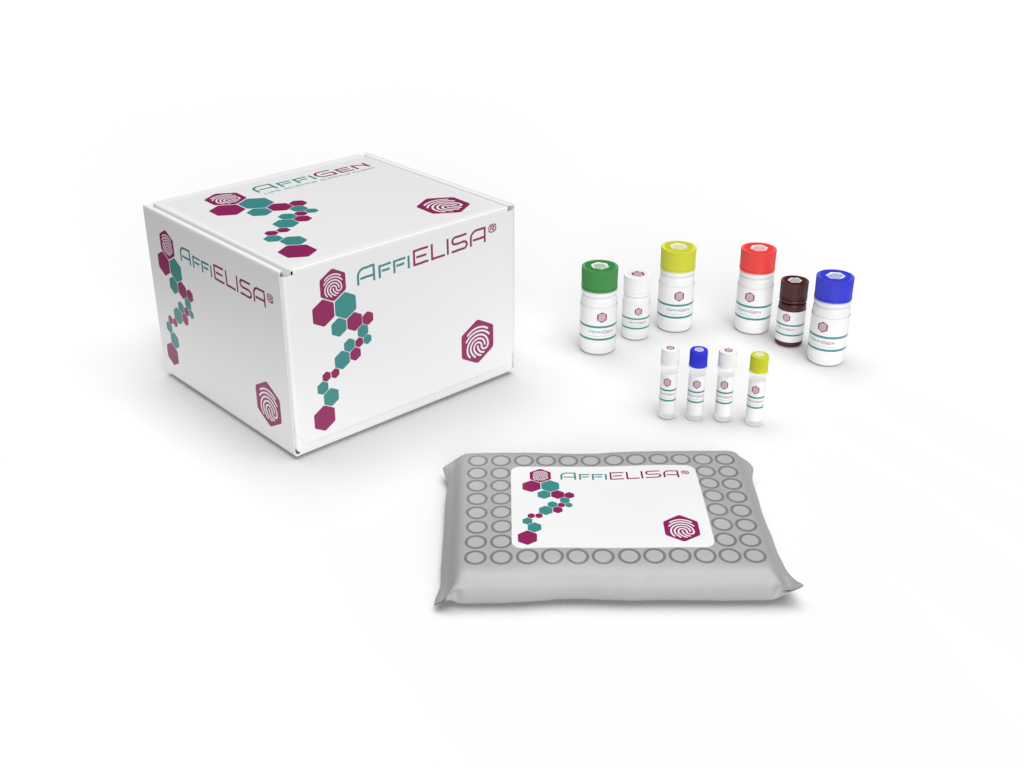Overview of Biotin ELISA Kit
The Biotin ELISA Kit is a highly sensitive and specific enzyme-linked immunosorbent assay designed to quantitatively detect biotin levels in biological samples. It operates on the principle of antigen-antibody interaction, where biotin (the target antigen) is captured by specific antibodies coated onto the wells of a microplate. This process allows for the detection of biotin with high precision.
Components:
- Coated Wells: Microplate wells pre-coated with biotin-specific antibodies.
- Biotin Standards: Known concentrations of biotin to generate a standard curve for quantification.
- Sample: The biological sample suspected to contain biotin.
- Biotin Conjugate: An enzyme-labeled biotin analog that binds to the biotin in the sample, forming a biotin-antibody-enzyme complex.
- Substrate Solution: Typically a chromogenic or fluorogenic substrate that reacts with the enzyme, producing a measurable signal (color change or fluorescence).
- Wash Buffer: Used to remove unbound substances during the assay to reduce background interference.
Principle:
The Biotin ELISA Kit follows a sandwich ELISA technique. During the assay, biotin in the sample binds to the capture antibody immobilized on the plate. The biotinylated enzyme-conjugate binds to the captured biotin. After washing, the bound conjugate is reacted with a substrate to produce a colorimetric or fluorescent signal. The intensity of the signal is proportional to the concentration of biotin in the sample.
Steps:
- Coating: Biotin-specific antibodies are adsorbed onto the surface of a microplate.
- Blocking: To prevent non-specific binding, uncoated areas of the plate are blocked with a protein solution.
- Incubation: The sample is added to the wells, followed by the biotin enzyme-conjugate. After incubation, the plate is washed to remove unbound material.
- Substrate Reaction: A substrate is added that reacts with the enzyme, producing a color change or fluorescence.
- Measurement: The signal is quantified using a microplate reader at the appropriate wavelength (e.g., 450 nm for colorimetric assays or 490 nm for fluorescence-based assays).
Applications:
- Biotin quantification in serum, plasma, or other biological fluids.
- Monitoring of biotin levels in nutritional studies, metabolic research, and disease diagnosis.
- Quality control in biotin-based product manufacturing.
Sensitivity and Specificity:
The Biotin ELISA Kit is designed to provide high sensitivity with a low detection limit, making it suitable for detecting even trace amounts of biotin. The specificity of the kit ensures minimal cross-reactivity with other compounds, providing reliable and accurate results.
Advantages:
- High precision and accuracy in biotin detection.
- Quantitative results that are easy to interpret.
- Minimal sample preparation required.
- Short assay time, typically within 2-3 hours.
- Wide dynamic range, suitable for both high and low concentrations of biotin.

